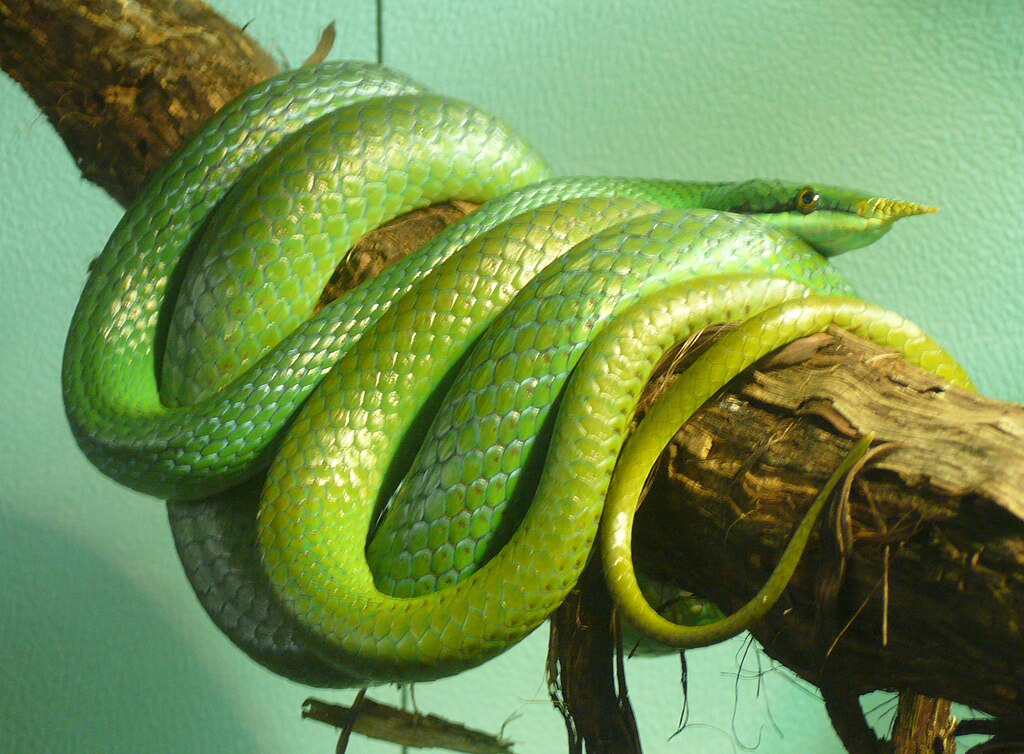The mysterious world of snake navigation has long fascinated herpetologists and animal behavior experts alike. How do these limbless reptiles find their way around their habitats, locate prey, and return to their shelters without the benefit of limbs or the highly developed visual systems that many other animals possess? While snakes have traditionally been viewed as relatively simple creatures relying primarily on chemical cues, emerging research suggests their navigational abilities may be more sophisticated than previously thought. The question of whether snakes use landmarks—physical features in their environment—to navigate their territory opens a fascinating window into reptilian spatial cognition and habitat utilization.
The Basics of Snake Spatial Cognition
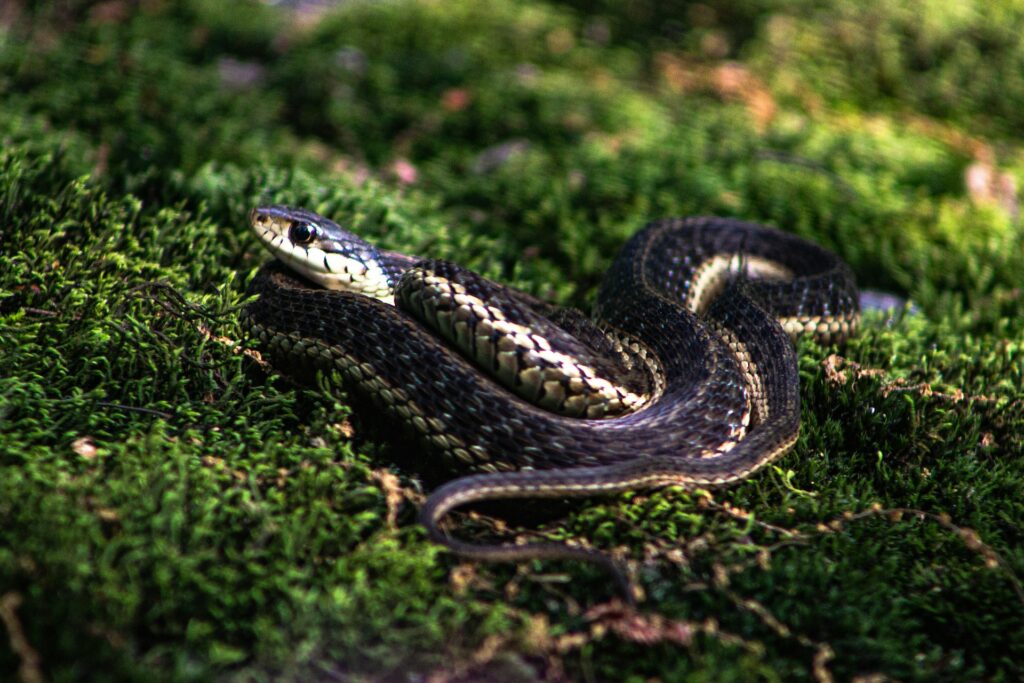
Snakes possess cognitive abilities that allow them to form mental maps of their surroundings despite lacking the brain structures that mammals use for spatial processing. Their brains, while structured differently from mammals, contain regions that process spatial information and environmental cues. Research has shown that snakes can remember locations of food sources, retreats, and potential dangers within their territory. This spatial memory enables them to navigate efficiently through familiar environments, suggesting they have mechanisms for recognizing and remembering key features of their habitat. The study of snake spatial cognition requires specialized experimental designs that account for their unique sensory systems and movement patterns.
Chemical Tracking: The Primary Navigation System

The foundation of snake navigation rests primarily on their extraordinary chemosensory abilities. Snakes possess a highly specialized vomeronasal organ (Jacobson’s organ) that allows them to detect and interpret chemical signals in their environment with remarkable precision. When a snake flicks its forked tongue, it collects chemical particles from the air and ground, which are then transferred to this specialized organ for processing. This system creates what scientists describe as a “chemical map” of the environment, allowing snakes to follow scent trails of prey, detect the presence of predators, and recognize the boundaries of their territory. Chemical tracking is so fundamental to snake navigation that it forms the baseline against which other potential navigational methods must be compared.
Visual Landmark Recognition in Snakes
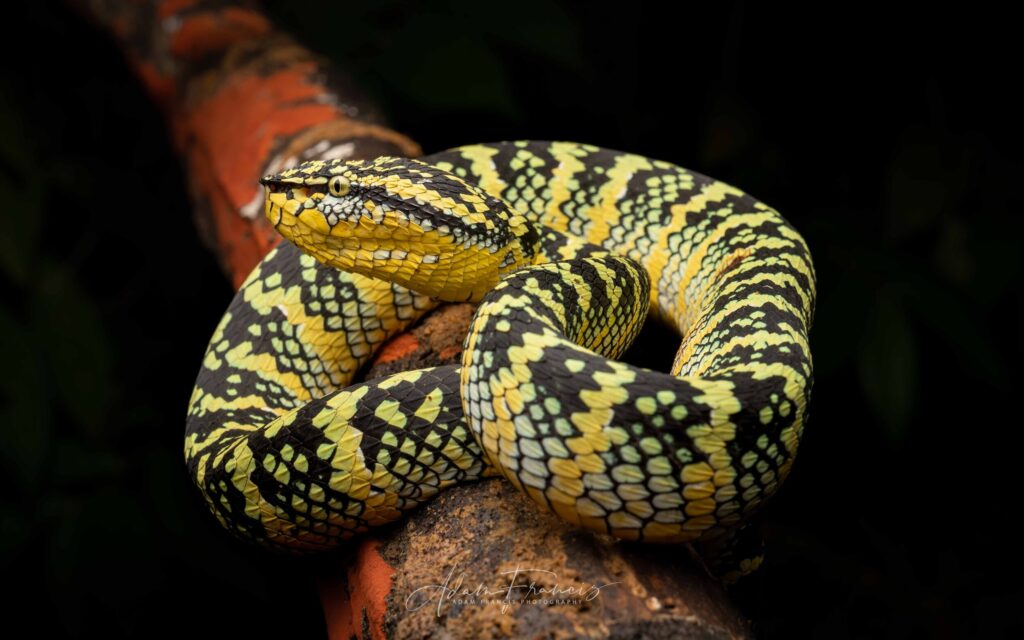
Contrary to popular belief, many snake species have reasonably good vision that may play a significant role in their navigational abilities. While their visual acuity varies widely across species, research has demonstrated that snakes can recognize and remember visual landmarks in their environment. Arboreal species that live in trees, such as many vipers and tree pythons, appear particularly adept at using visual cues to navigate their three-dimensional habitats. Laboratory experiments have shown that some snake species can learn to associate specific visual features with rewards, suggesting they can form visual memories of their surroundings. This visual landmark recognition may complement their chemical sensing abilities, providing an integrated navigational system that enhances their survival in complex environments.
Evidence from Homing Behavior Studies

One of the most compelling pieces of evidence for landmark use in snakes comes from studies on homing behavior—the ability to return to a specific location after being displaced. Researchers have documented impressive homing abilities in several snake species, including timber rattlesnakes and garter snakes, which can return to their den sites from considerable distances. When displaced from their territories, these snakes often take relatively direct routes back to their original locations, suggesting they have some form of cognitive map of their environment. In controlled experiments where visual or olfactory cues were manipulated, snakes showed decreased homing success, indicating they likely use a combination of sensory information, potentially including landmarks, to find their way home.
Seasonal Migration Patterns and Fixed Routes
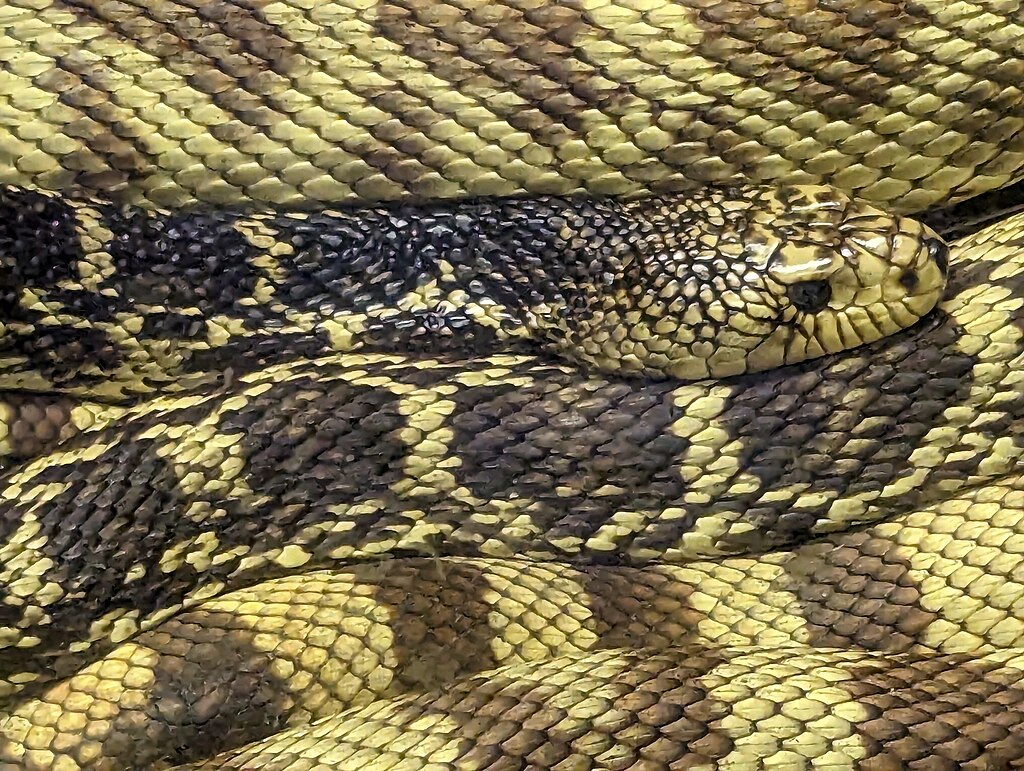
Many snake species undertake seasonal migrations between summer foraging grounds and winter hibernation sites, often following remarkably consistent routes year after year. Radio-tracking studies of species like timber rattlesnakes (Crotalus horridus) have revealed that individuals frequently travel along the same pathways when moving between seasonal habitats, sometimes across multiple years. This route fidelity suggests these snakes may be recognizing and using specific landscape features to guide their journeys. The consistency of these pathways is difficult to explain through chemical tracking alone, particularly after weather events that would wash away scent trails. Researchers hypothesize that prominent landscape features such as rock outcroppings, distinct vegetation boundaries, or topographical elements may serve as navigational landmarks during these migrations.
Thermoregulation and Landmark Association
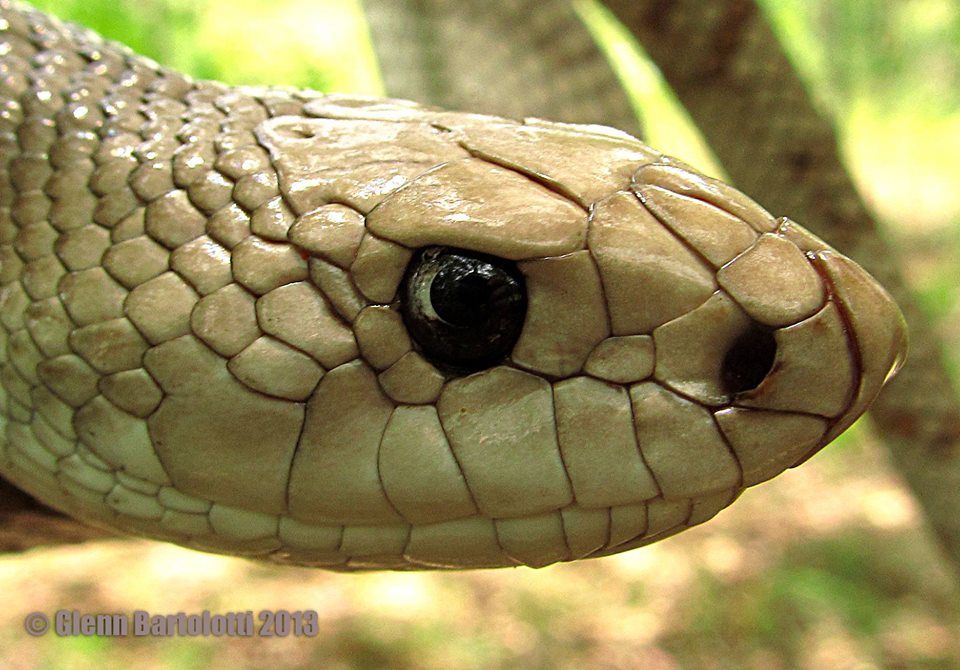
As ectothermic animals, snakes rely heavily on environmental heat sources to regulate their body temperature, a requirement that may have strengthened their ability to recognize landmarks. Snakes often develop a detailed knowledge of basking spots, shaded retreats, and areas with optimal thermal properties within their territory. They remember and return to these locations at appropriate times of the day or during specific weather conditions. This thermoregulatory behavior requires snakes to associate specific physical features of their environment with their thermal properties. Studies tracking snake movements have observed individuals moving directly toward known basking rocks or sun-warmed clearings, suggesting they remember not just the location but also the thermal properties of these landmarks.
The Role of Magnetic Sensitivity
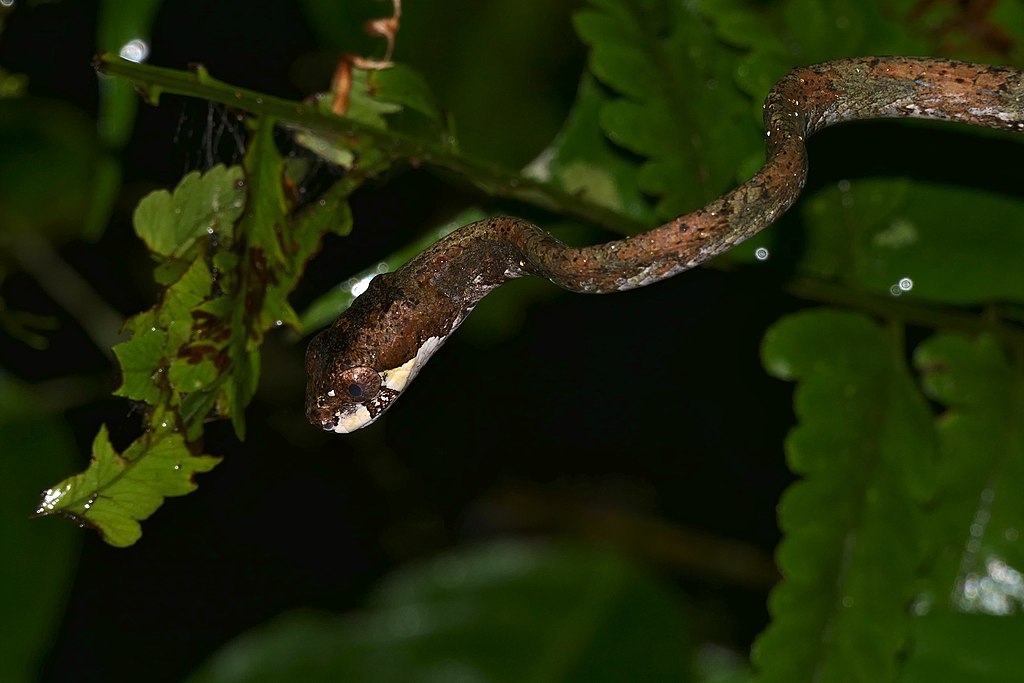
Emerging research suggests that some snake species may possess magnetic sensitivity that could complement landmark-based navigation. This sensory ability would allow snakes to orient themselves using Earth’s magnetic field, providing a compass-like navigational tool. Laboratory experiments have demonstrated behavioral responses to magnetic field manipulations in several snake species, though the mechanism remains poorly understood. If confirmed through further research, magnetic sensitivity would represent another layer in snakes’ navigational toolkit, potentially working in conjunction with landmark recognition. This sensory ability might be particularly valuable during long-distance movements or when traveling through unfamiliar territory where familiar landmarks are absent.
Species Differences in Navigational Strategies
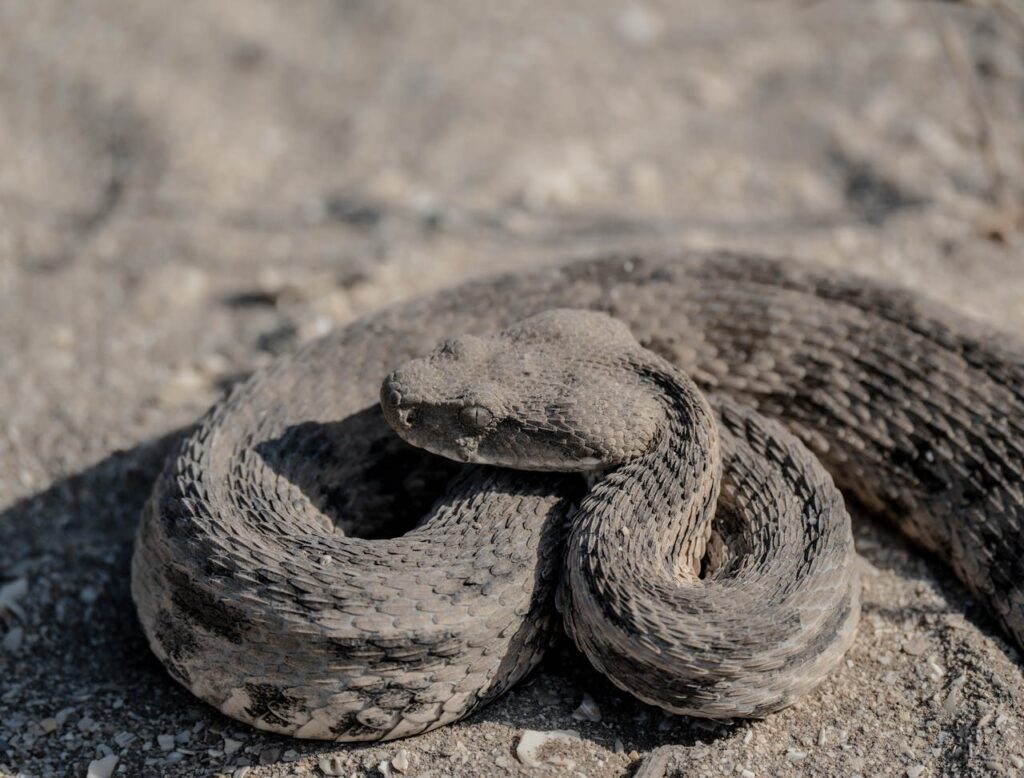
The importance of landmarks in navigation varies significantly across snake species, reflecting their diverse habitats and ecological niches. Arboreal species that navigate three-dimensional environments, such as vine snakes and many boid species, appear to rely more heavily on visual landmarks than their ground-dwelling counterparts. Desert-dwelling snakes like sidewinders have developed specialized navigational strategies adapted to environments with fewer permanent landmarks, potentially placing greater emphasis on celestial cues or substrate vibrations. Aquatic species like sea snakes face entirely different navigational challenges and may use underwater features, currents, or even salinity gradients as landmarks. These species-specific differences highlight the evolutionary adaptability of snake navigation systems to their particular ecological contexts.
Experimental Evidence for Landmark Recognition
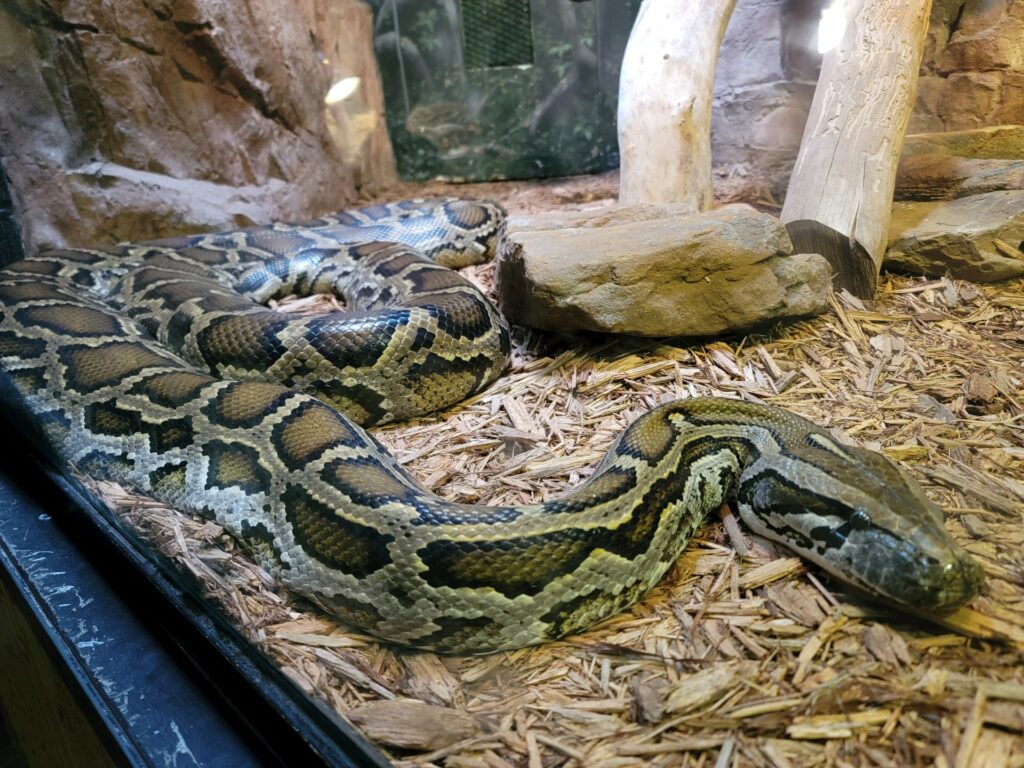
Controlled laboratory experiments have provided compelling evidence for landmark use in snake navigation. In maze studies, researchers have demonstrated that snakes can learn the locations of resources relative to visual cues, and their performance deteriorates when these cues are removed or rearranged. One particularly revealing experiment involved training corn snakes to find food in a specific location marked by distinct visual features; when these features were moved, the snakes searched in the new location rather than the original one, indicating they were using the visual landmarks rather than other cues. Similar studies with timber rattlesnakes showed they could use the position of artificial landmarks to locate retreat sites in experimental enclosures. These controlled experiments provide some of the strongest evidence that snakes can indeed recognize and utilize landmarks for navigation.
Cognitive Maps and Spatial Memory in Reptiles
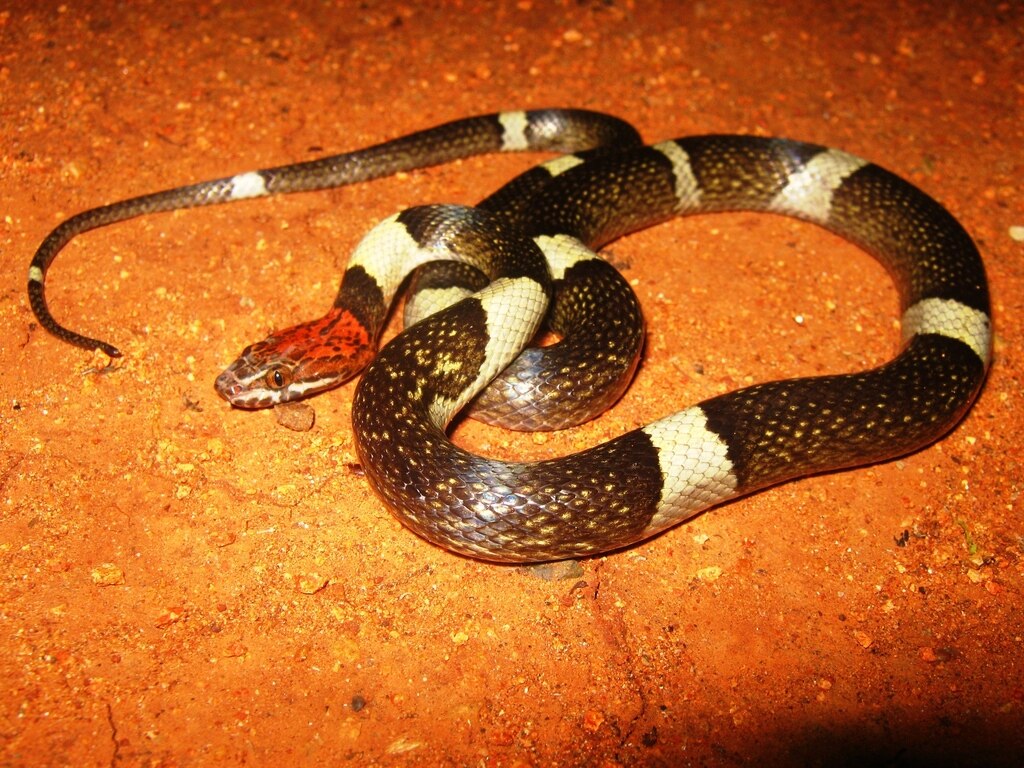
The question of whether snakes form true cognitive maps—mental representations of their environment that allow flexible navigation—remains an active area of research. Traditional views of reptilian cognition dismissed the possibility of such complex spatial representations, but recent studies challenge this perspective. Long-term field studies tracking individual snakes have revealed behaviors suggesting they possess detailed knowledge of their home ranges, including shortcuts between locations that wouldn’t be possible with simple route memorization. Neurobiological research has identified structures in the reptilian brain that could support spatial memory formation and retrieval. While perhaps not as sophisticated as mammalian cognitive maps, evidence suggests snakes may form some level of integrated spatial representation that incorporates landmark information alongside other navigational cues.
Implications for Conservation and Habitat Management

Understanding how snakes use landmarks has significant implications for conservation efforts and habitat management strategies. If snakes rely on specific landscape features for navigation, habitat fragmentation or alteration could disrupt their ability to locate essential resources or migration routes. Conservation biologists have begun incorporating knowledge of snake spatial cognition into habitat corridor designs, ensuring these pathways include the types of landmarks that facilitate snake movement. In rehabilitation and relocation efforts, awareness of how snakes navigate can improve release protocols, potentially increasing survival rates by ensuring relocated individuals can establish new spatial maps. Additionally, habitat restoration projects can be designed to include appropriate landmark features that support native snake populations’ navigational needs.
Future Research Directions

The field of snake spatial cognition and landmark use remains ripe for further investigation, with several promising research directions emerging. Advanced tracking technologies, including miniaturized GPS devices and accelerometers, are enabling more detailed and long-term studies of snake movements in natural habitats. Virtual reality systems adapted for reptiles could allow controlled experimental manipulations of landmark cues while monitoring neurological responses. Comparative studies across diverse snake species may reveal evolutionary patterns in navigational strategies and landmark use. Interdisciplinary approaches combining field observations, laboratory experiments, and neurobiological techniques will be essential to fully understand the complex navigational abilities of these fascinating reptiles. As research techniques continue to advance, our understanding of snake landmark navigation will likely reveal even more sophisticated cognitive abilities than currently recognized.
Conclusion: Navigating the Complex Reality of Snake Spatial Abilities
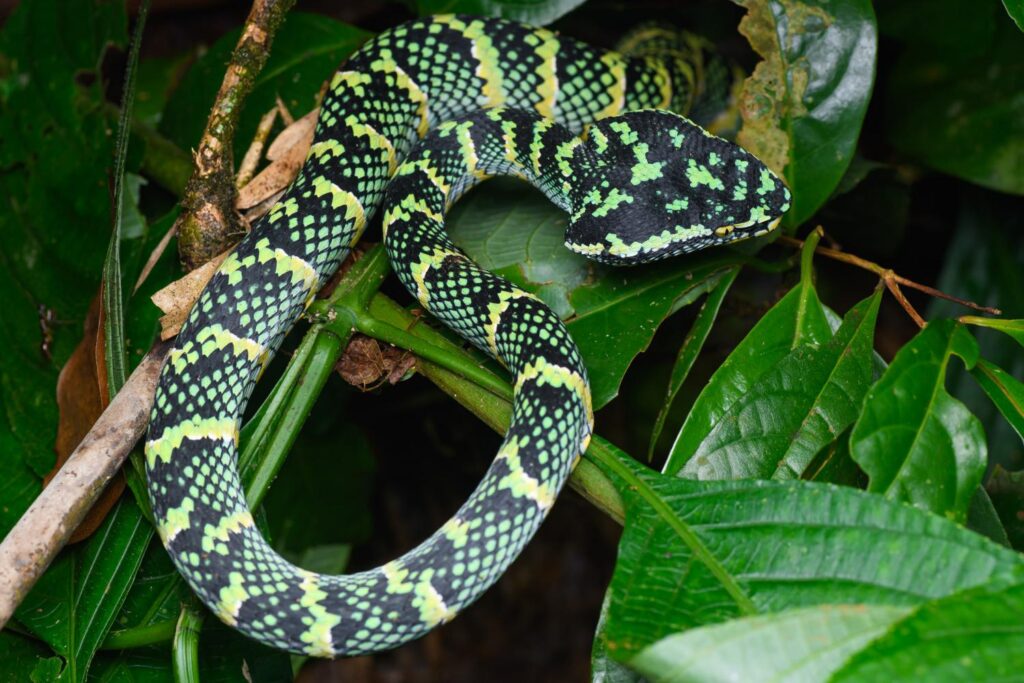
The evidence increasingly suggests that snakes do indeed use landmarks as part of their navigational toolkit, though their reliance on these environmental features varies by species, habitat, and circumstance. Rather than using a single navigational strategy, snakes appear to integrate multiple sensory inputs—chemical, visual, thermal, and possibly magnetic—to create a comprehensive understanding of their territory. This multisensory approach allows them to navigate effectively through complex environments, locate resources, and return to important sites despite lacking the physical and neurological adaptations that other vertebrates use for navigation. As research continues to unveil the sophisticated spatial abilities of these remarkable reptiles, we gain not only a deeper appreciation for their cognitive capabilities but also valuable insights that can inform conservation efforts and enhance our understanding of spatial cognition across the animal kingdom. The limbless navigator, it seems, has much to teach us about finding one’s way in the world.

